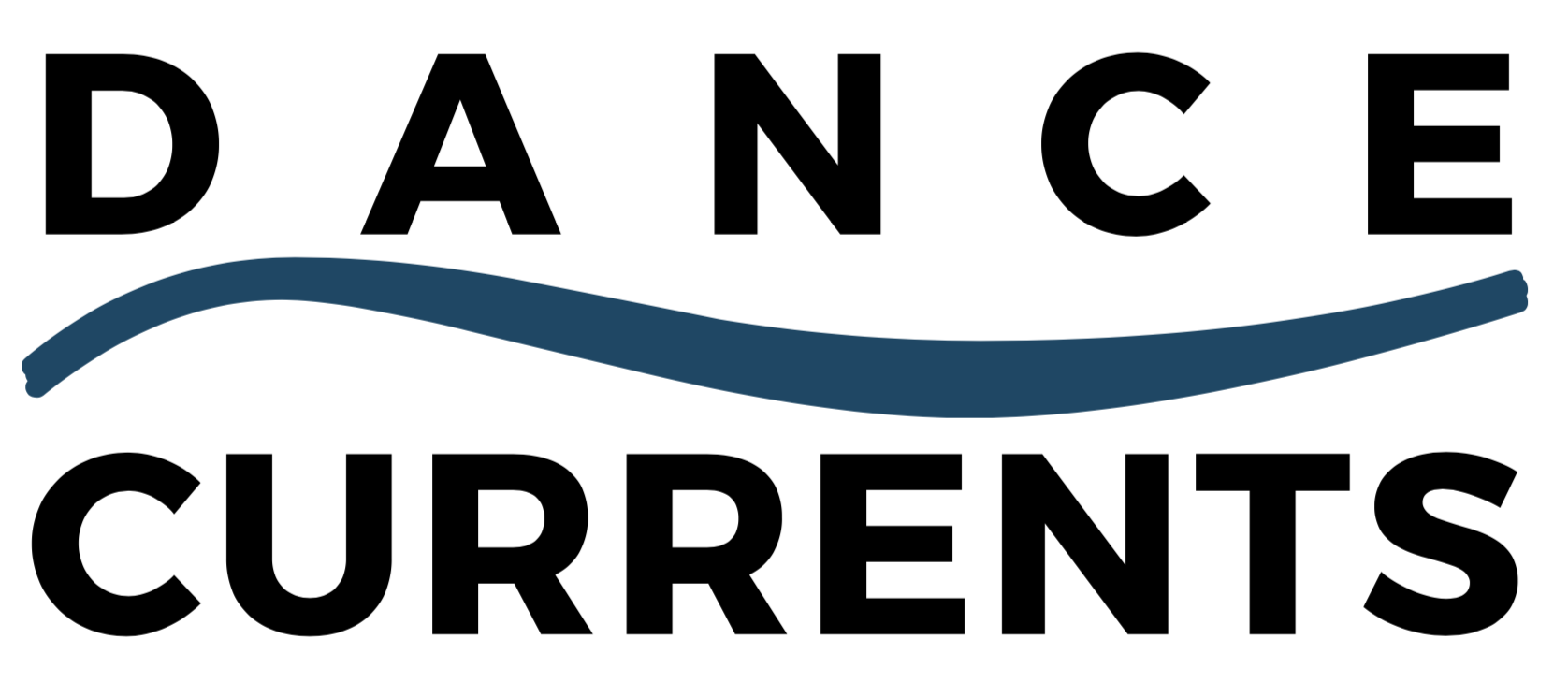It’s a never-ending search to satisfy America’s thirst for full-length story ballets. With only a handful of classically-styled productions from which to choose, directors are pressed to satisfy that thirst, despite the fact that these kinds of ballets are almost certain to break the budget.
Pittsburgh Ballet Theatre’s Terrence Orr recently reached into his own past to resurrect Lew Christensen’s Beauty and the Beast, which Christensen created for the San Francisco Ballet in 1958 and restaged in 1982. It most likely was the first full-length contemporary ballet to be presented in America and, as such, deserves an acknowledgment.
This is a ballet that has certain positive attributes — it’s a family-oriented production that, given its series of scenic drops, will most certainly tour well (perhaps without the stairs in front of the castle). As such, it can be a good entry-level ballet to attract new audiences. Its strongest assets, however, are the costumes, which were lovingly refurbished by costumier Janet Groom and her staff. And certainly the rebuilt masks, and especially the new Beast, all by Svi Roussanoff, were a standout.
The score, channeled from lesser-known Tchaikovsky music, worked fit beautifully for the most part, although it would have been enhanced by a live orchestra. The core of the score came from the final movement of Tchaikovsky’s third suite, which George Balanchine put to much better use in his Theme and Variations. (On an odd note, Balanchine’s work premiered in 1947, when Christensen was still associated with the New York City Ballet.)

Christensen chose to adapt Madame LePrince de Beaumont’s original 18th century tale of a young girl who, along with her father, gets lost in the woods, teeming with leaping nymphs and stags, and arrives at the Beast’s castle. When Beauty asks her father to pick a rose, the Beast catches them and dismisses the father, but keeps his Beauty.
The ballet turned out to be composed of the usual storybook bits and pieces, like the character-driven second scene with Beauty’s family, including a pair of wicked stepsisters ala Cinderella. There were five Bluebirds (vivaciously led by Amanda Cochrane), the fluttering arms and beats obviously inspired by the Bluebird pas de deux in The Sleeping Beauty.
Like The Nutcracker, there were flowers, Magic Flowers here. But the choreography lacked flow, coming to a halt to form stiff, angular poses. And when the Courtiers and Roses assembled for the celebratory finale in the transformed prince’s palace, a repetitive series of promenades and runs in linear patterns did not achieve the splendid effect found in Balanchine’s version.
The PBT dancers, however, were confident in their roles, surprisingly spread over five casts. While there was a rather nice duet in the first act where the Beast tries to confess his love for Beauty, the true test for the leading roles came with a more traditional pas de deux at the end.

So here’s the list: Alexandra Kochis and Alejandro Diaz made a handsome opening night couple, while Julia Erickson and Alexandre Silva used their charismatic authority to great effect. It was good to see Amanda Cochrane paired with the elegant veteran Nurlan Abougaliev. With an attentive and knowledgable partner like that, Cochrane enjoyed a new softness and freedom in her dance. Gabrielle Thurlow brought her innate naturalness to Beauty, while Luca Sbrizzi, always so princely, was technically commanding in the pas de deux. Although I only saw the first act with Hannah Carter and William Moore, there is an aristocratic ease to their balletic style, honed at Britain’s Royal Ballet, that will set them apart in the future.
No doubt Beauty and the Beast, with its inspirational message that true beauty lies within, has struck a chord with audiences over the years. It remains to be seen if this balletic version will find its own admirers.



Recent Comments